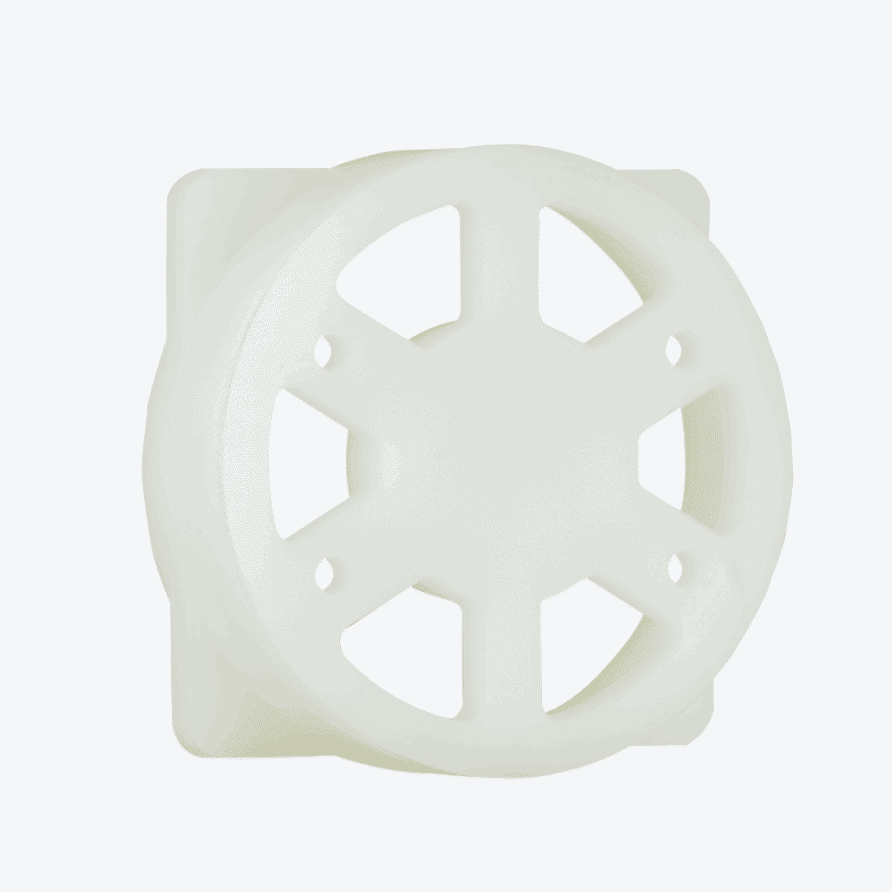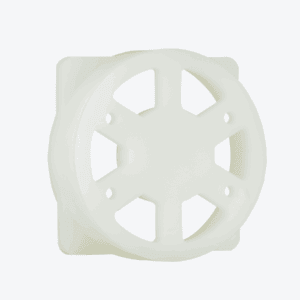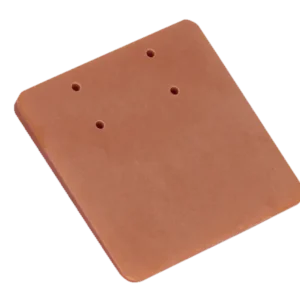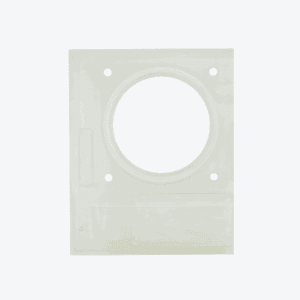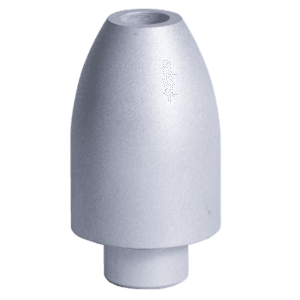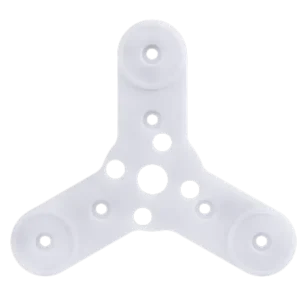Nylon 6, also known as PA6 or polyamide 6, is a polymer compound. On October 27, 2017, the World Health Organization’s International Agency for Research on Cancer included Nylon 6 in its preliminary list of Group 3 carcinogens.
Mechanical Properties
The chemical and physical properties of Nylon 6 are quite similar to those of Nylon 66. However, Nylon 6 has a lower melting point and a broader processing temperature range. It exhibits better impact resistance and dissolution resistance compared to Nylon 66, but it is also more hygroscopic. Because moisture absorption can significantly affect the quality characteristics of plastic parts, it is crucial to consider this factor when designing products using Nylon 6.
To enhance the mechanical properties of Nylon 6, various modifiers are often added. Glass fiber is the most common additive, while synthetic rubbers like EPDM and SBR may also be included to improve impact resistance. For unmodified Nylon 6, the shrinkage rate typically ranges from 1% to 1.5%. The incorporation of glass fiber can reduce the shrinkage to about 0.3%, although it may be slightly higher in the direction perpendicular to the processing flow. The shrinkage of molded assemblies is primarily influenced by the material’s crystallinity and moisture absorption. Actual shrinkage can also vary based on part design, wall thickness, and other processing parameters.
Nylon 6 Injection Molding Drying Treatment
Due to its high moisture absorption, special attention must be given to drying Nylon 6 before processing. If the material is supplied in a moisture-proof package, it should be kept airtight. If the humidity exceeds 0.2%, it is recommended to dry the material in hot air at temperatures above 80°C for 16 Std.. If the material has been exposed to air for more than 8 Std., vacuum drying at 105°C for over 8 hours is advisable.
Bestellvorgang
Q1: So senden Sie eine Verarbeitungsanfrage?A: Sie können uns über WhatsApp kontaktieren: +86 15323729231 oder E -Mail [email protected].B: Wir unterstützen die Dateiformate der Stufen-/Stl/IGES -Dateiformate. Sie können Ihre Dateien auch an unsere Service -E -Mail senden. Unser System generiert ein Angebot und eine Prozessempfehlungen innerhalb 1 Stunde.
Q2: Stellen Sie Entwurfsoptimierungsvorschläge an?A: Ja! Unser Engineering -Team bietet ein kostenloses DFM (Design für die Herstellung) Rezension, Bereitstellung von Optimierungsvorschlägen zur Verbesserung der Struktur und zur Reduzierung der Kosten.
Preisgestaltung & Lieferung
Q3: Was ist die minimale Bestellmenge (MOQ)?A: Kein MOQ! Wir akzeptieren Bestellungen aus 1 Stück, ob für 3D -Druck- oder CNC -Bearbeitung.
Q4: Was ist im Zitat enthalten?A: Das Angebot deckt die Materialkosten ab, Verarbeitungsgebühren, und grundlegende Oberflächenbehandlung (Z.B., Sandstrahlen). Zusätzliche Prozesse (Z.B., elektroplierend, Anodisierung) wird separat zitiert.
Q5: Was ist die Standardvorlaufzeit??
- CNC -Bearbeitung: 3-5 Tage (bis zu 7 Tage für komplexe Teile)
- 3D Druck: 72 Std.
Technologie & Qualität
Q6: Was ist die Bearbeitungsgenauigkeit??
- CNC -Bearbeitung: Schnelles Prototyping mit einer ± 0,05 mm -Toleranz, 0.1MM Form -Toleranz, und Oberflächenrauheit ra1.6 oder besser.
- 3D Druck:
- Harzteile: ± 0,2 mm
- Nylonteile: ± 0,3 mm
- Kunststoffteile: ± 0,3 mm
- Metallteile: ± 0,3 mm
Q7: Welche Materialien unterstützen Sie??✅ CNC -Bearbeitung:
- Aluminiumlegierung: 6061, 7075
- Kupferlegierung: Messing (H59), Rotkupfer (T2)
- Legierungsstahl: 45# Stahl
- Edelstahl: Sus304
- Kunststoff:
- ABS (Weiß, Schwarz)
- Pom (Weiß, Schwarz)
- Bakelit (Schwarz, Orange)
- Acryl (Transparent)
- FR4 Epoxy Board (Grün)
- PA6 Nylon (Weiß)
- Polycarbonat (Transparent)
✅ 3D -Druck:
- Harz, Nylon, Technische Kunststoffe, Edelstahl
After-Sales-Service
Q8: Was ist, wenn die Teile den Anforderungen nicht erfüllen??A: Wenn Mängel aufgrund unserer Verarbeitungsprobleme auftreten, Wir garantieren eine kostenlose Wiederaufbereitung.

